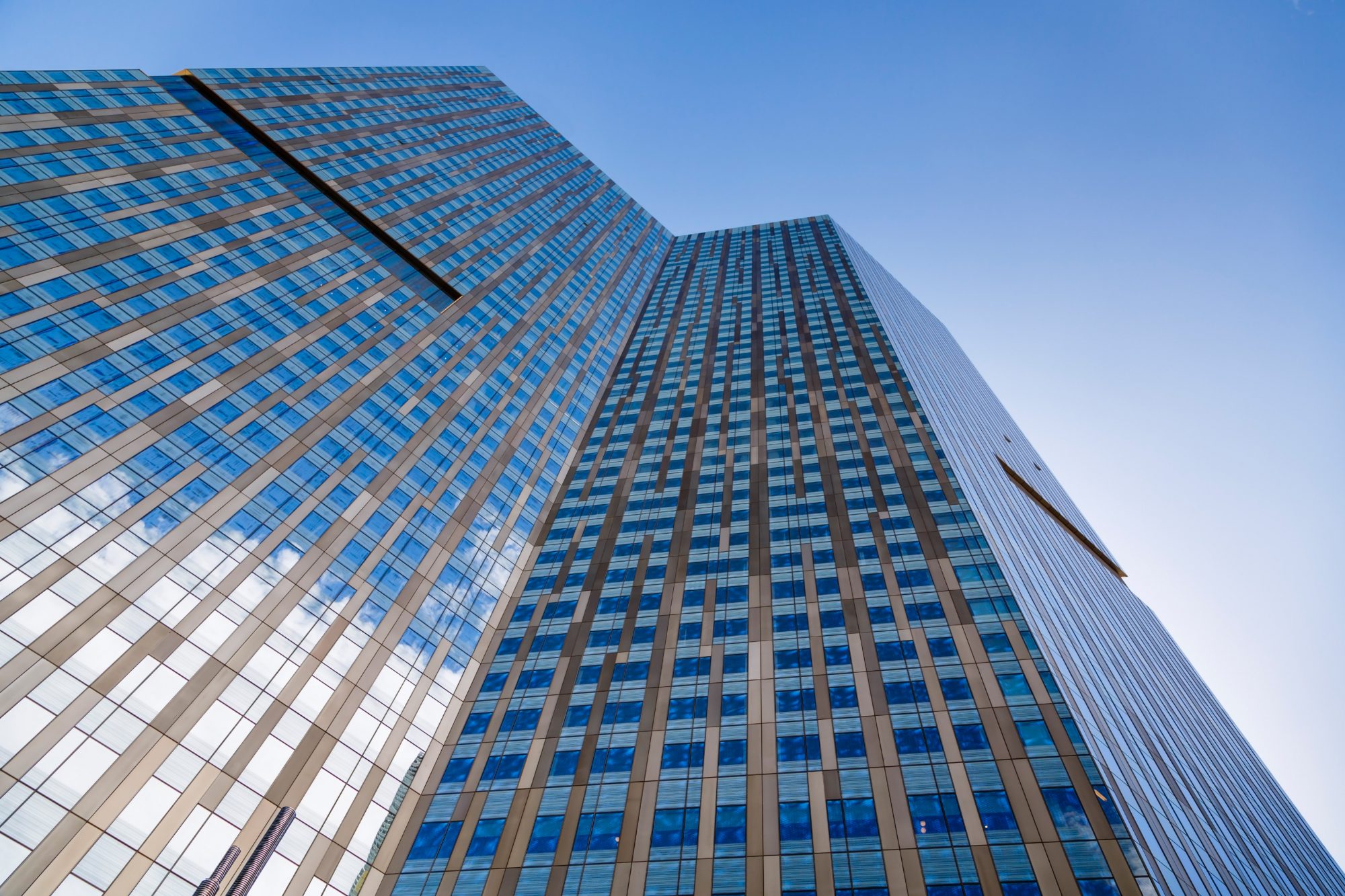Architects, contractors, planners and construction clients must consider building projects from a moral standpoint based on their lifetime carbon impact, urges University of Bath Professor, David Coley
David Coley, Professor of Zero Carbon Design at the University of Bath, has urged the industry to adopt new ways of thinking about building projects in an essay co-authored with John Cryer MP for the All-Party Parliamentary Climate Change Group.
Colley outlines a new way of thinking about construction, stressing the undesirable nature of wasteful or energy-intensive development, in a new essay titled ‘Are buildings evil? Rethinking responsibility in the construction industry’.
In the essay, he argues that the government must support developers in reducing emissions by providing incentives and tax relief for zero-energy building, and that we must look at our buildings as harmful emitters.
He argues that designing and constructing energy-intensive buildings fuels global climate injustice and is therefore morally offensive, and potentially a form of unconscious institutional racism.
Co-authored with John Cryer MP, the essay is part of the ‘Net Zero Exchanges’ collection published by the All-Party Parliamentary Climate Change Group and Policy Connect.
Work to decarbonise industry has proven ‘relatively ineffective’
Professor Coley highlights that while construction accounts for 40% of all carbon emissions in industrialised nations such as the UK, decades of work to decarbonise the industry have proven ‘relatively ineffective’. Therefore, he says, efforts need to be repositioned to draw a link between sustainability, desirability and moral values.
Prof Coley said: “We urgently need to rethink our approach to construction and adopt zero-energy practices. The largest proportion of our carbon emissions come from our buildings, not industry or transport, as is often assumed.
“We know how to build, and have built, some exemplary low-energy buildings, so our failure to adopt them as the norm can be viewed as deliberate.
“Highlighting the link between emissions and buildings is key to putting sustainability at the heart of architecture and design. This comes down to what our values really are, and how we develop innovative future designs that are both impressive but also zero-energy.
“In short, rather than seeing low-energy design as an engineering issue, we need to focus on the truth – it is a moral issue.
“If we can do this, architects will naturally design sustainable buildings and developers will insist on them, in part to protect their investment.
“Once energy use and carbon emissions are linked to morality and aesthetics, they become reputational and legacy issues, not engineering ones.”
The report proposes reviewing the use of common design elements including high levels of glazing and excessive use of steel and concrete; and increasing renewable energy generation from buildings (by using PV solar cells, for example).
You can read the essay here.

















